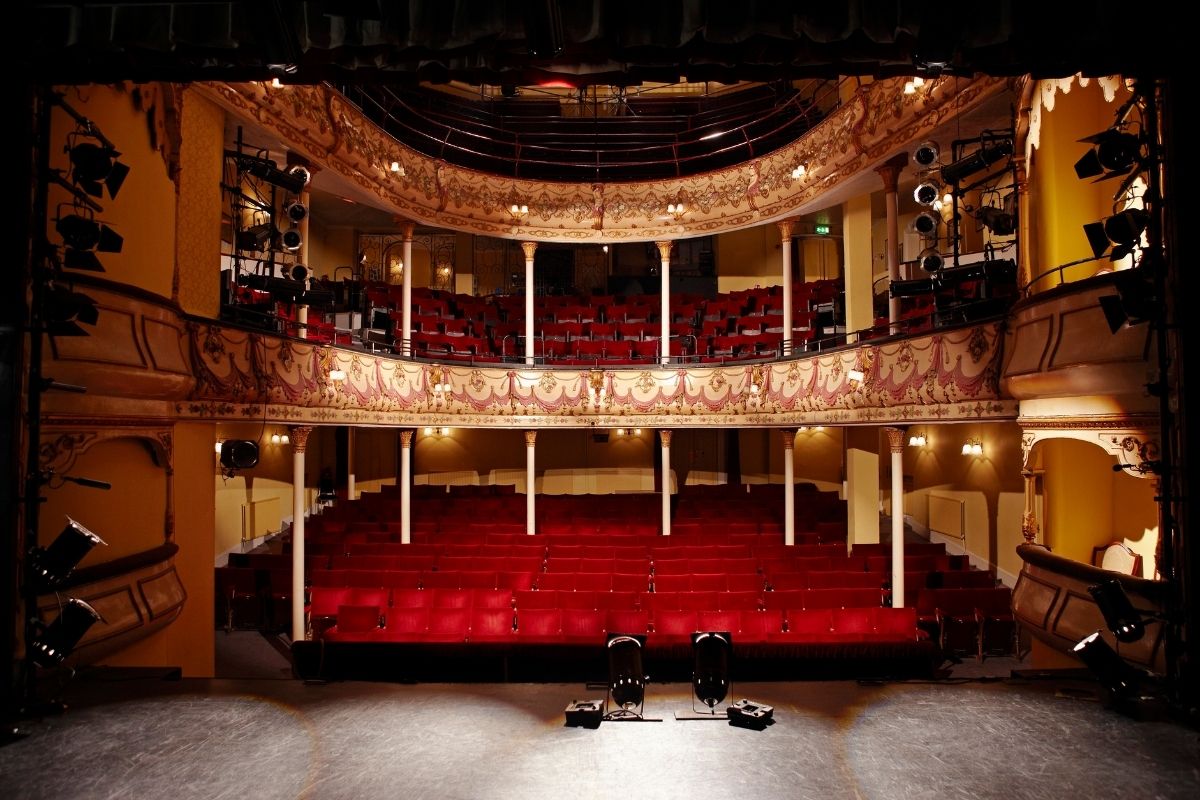The Role of the Arranger in the Performing Arts

When considering the roles of the arranger, orchestrator and music supervisor, Simon Hale thinks it’s useful to explain a little bit about what those three jobs entail. An arranger, he informs us, takes an existing piece of music, a song in this case, and adapts it for another purpose. That can be a pretty radical alteration, or it can be quite gentle. It really depends on the circumstance.
However, it will have obvious building-block components like the key, the rhythm, the structure and instrumentation. All those blocks that make up a song or a piece of music can be completely changed. Obviously, you wouldn’t change any lyrics in a song—though you might change the order of verses, perhaps—but that’s the only thing.
You can change chords if you are going to rearrange something. You can add countermelodies. You can be really radical, actually, and make something sound completely different from how it did originally. But it is still the same song, just in a very, very different expression.
Imagine that we take a picture frame as an example. If you’re an arranger, you’ve got the chance to say, you know what? I’m going to put that picture right on the opposite wall. And oh, it’s not going to be square. It’s going to be 3 feet by 4 feet. And it’s going to be slightly off-center; it’s going to be slightly skewed. And it’s got a kind of gnarly bit up on upper right-hand side. This all sounds a little bit crass, but an orchestrator takes what an arranger or someone else has done and then shapes that into their own design.
For example, as an orchestrator, you’ll be given the picture frame. And it already has a load of information in it—the key, the structure, the shape, all those kinds of things. You have to think, OK, I want this to have a bit of yellow up in the top, around the corner, and a bit of sharp imagery down here. You’re filling in detail and coloring as well as deciding what the essence of it is.
But you’re not deciding major things like the key and the structure. They’ve already been done. That’s what the arranger does. An arranger decides on the shape of the music in a very, very powerful way. The orchestrator takes the music that’s been chosen and designs the specific detailed elements for the boundary. The music supervisor will then look at the overall music department. They could potentially be choosing an orchestrator or an arranger. Those roles could be filled by the same person.
The music supervisor is looking at the overall musical context, making sure that everything is the way it should be, liaising with unions, liaising with the director, with producers, with GMs, all those kinds of things. They’re also, monitoring the show on an ongoing basis to make sure that it stays in the shape everyone wants it to and remains the way it was from opening night.
Relationships with other people as part of a theatrical production are an interesting thing to think about.
If you’d like to pursue a performing arts education and learn more about the various specific roles you might play in the performing arts, the traditional approach isn’t the only avenue open to you. You might find it much more accessible and convenient to engage in an online performing arts education.


